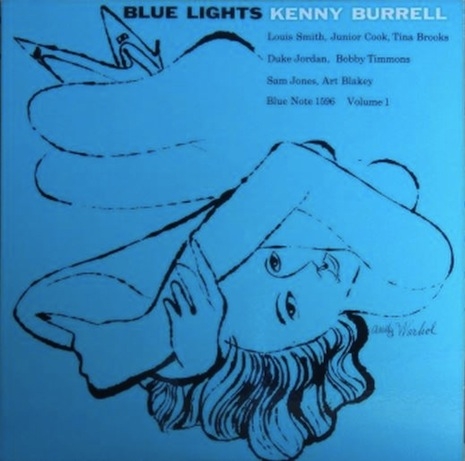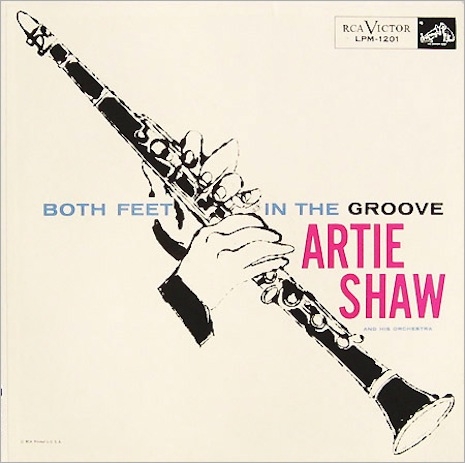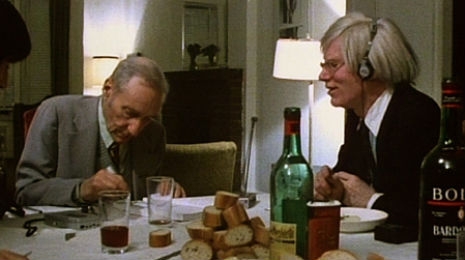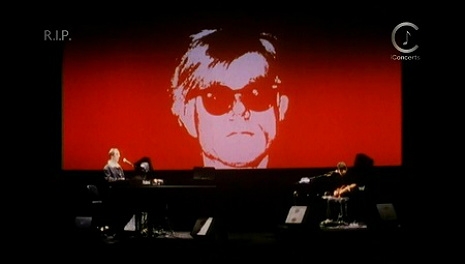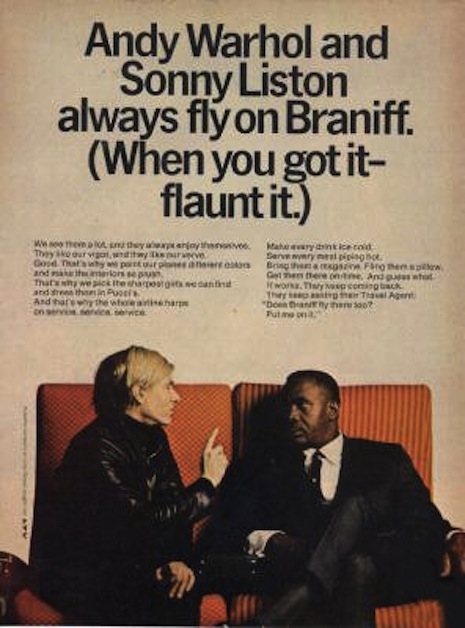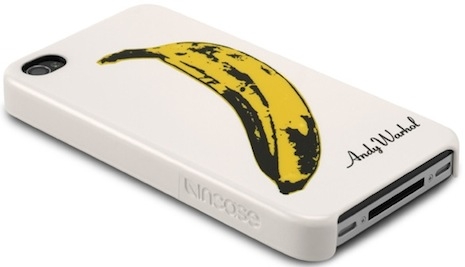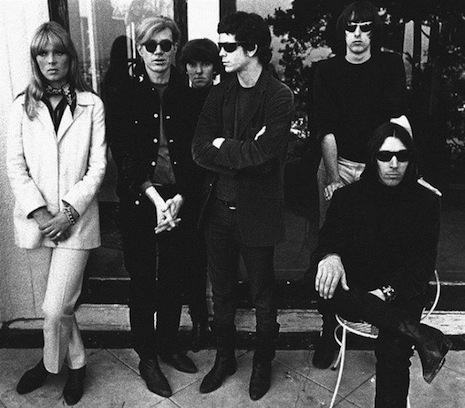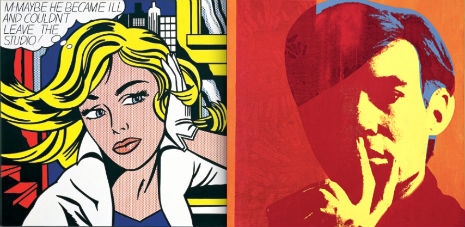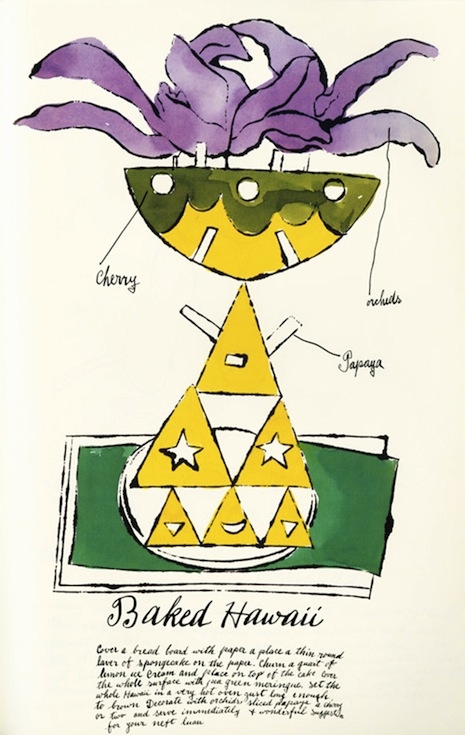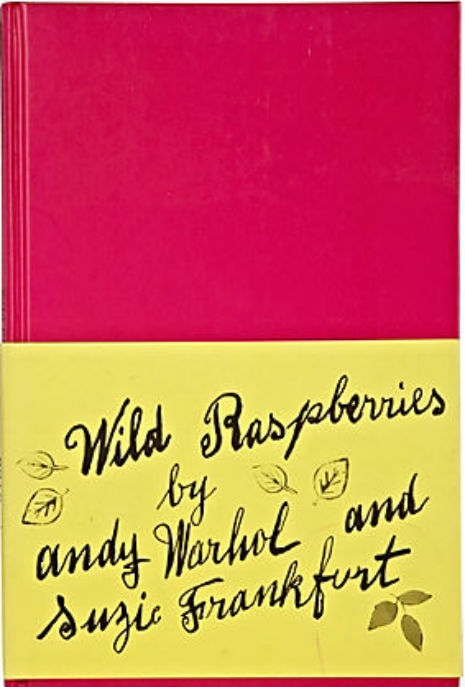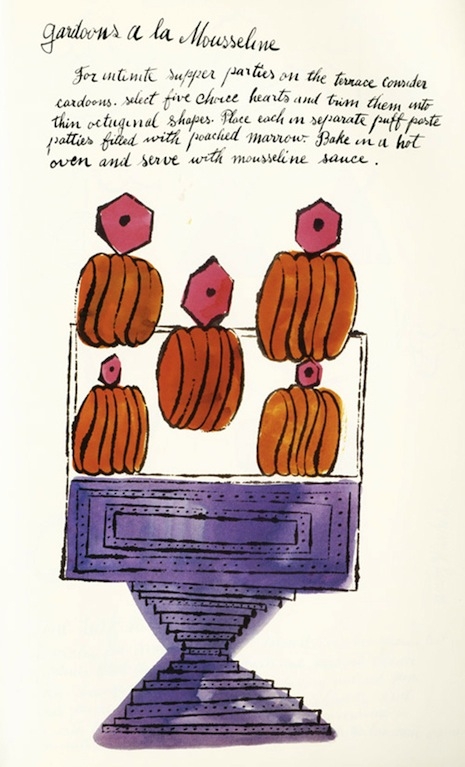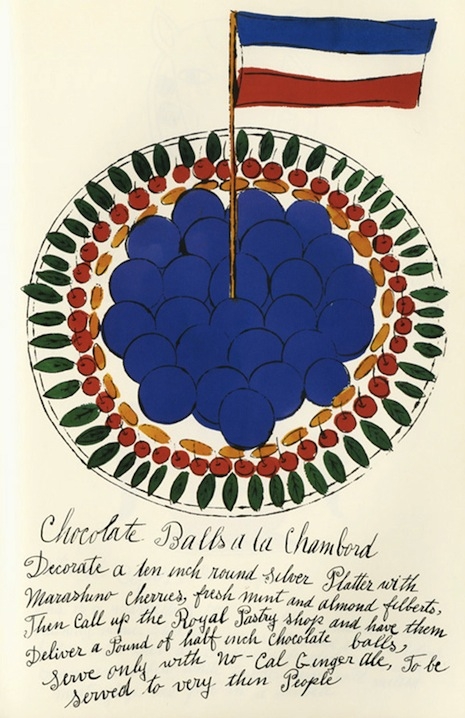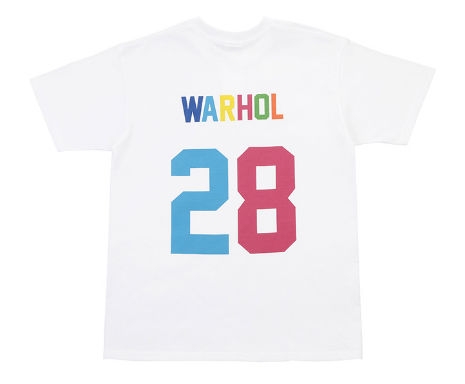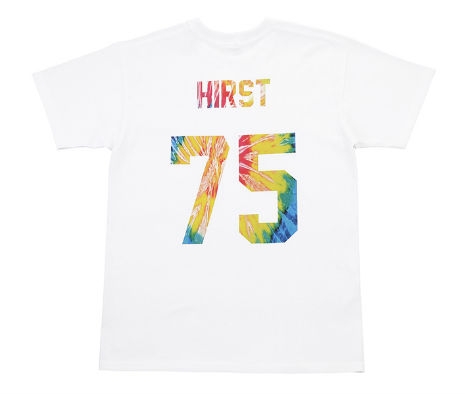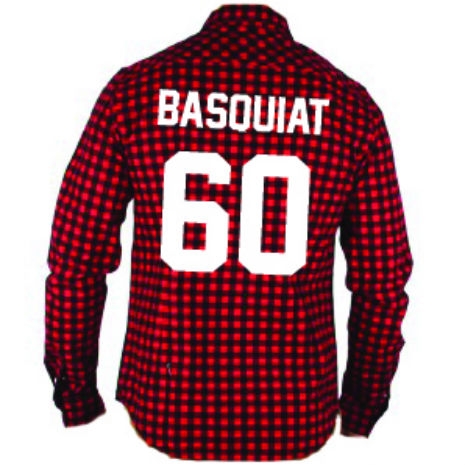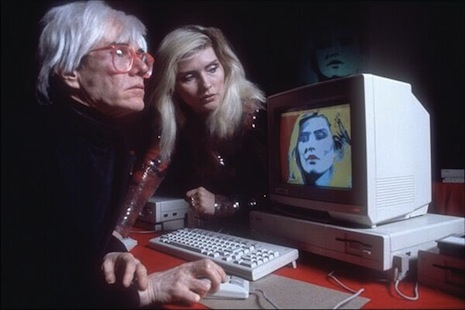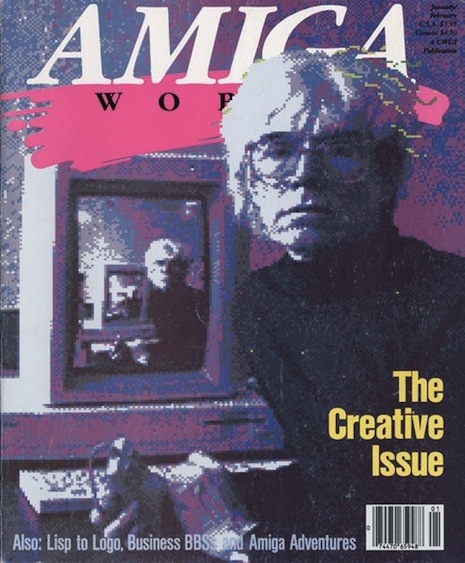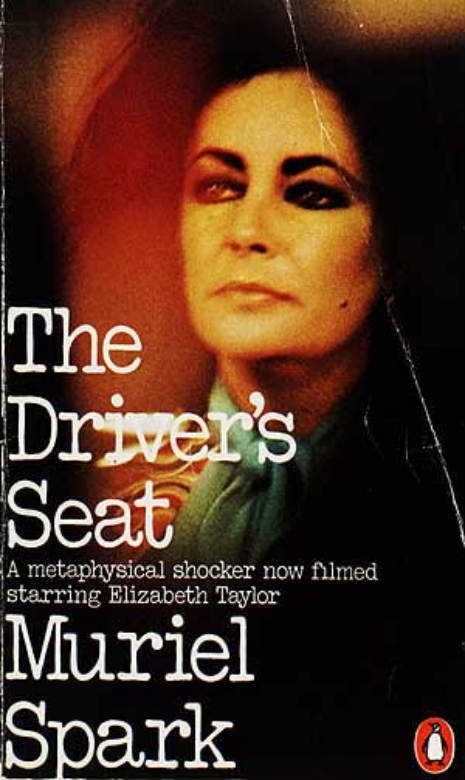
Last year we posted about Andy Warhol’s interest in the Amiga computing platform, including his participation in an Amiga product launch event in 1985, at which a pixelated image ostensibly created by Warhol of Debbie Harry was shown. At the event Warhol, in a desultory manner, executed the fill function a few times; it’s unclear to what extent that work qualifies as a Warhol original—and yet, lots of Warhol artworks were executed by underlings, so really what’s the diff? In that post we also presented a remarkable cover story/interview on Warhol that appeared in Amiga World magazine early the next year.
Yesterday the Frank-Ratchye STUDIO for Creative Inquiry at Carnegie Mellon University issued a press release with the title “Previously Unknown Warhol Works Discovered on Floppy Disks from 1985” and the subtitle “Collaborative Team Rescues Early Digital Art through ‘Forensic Retrocomputing.’” The substance of the press release is that “a multi-institutional team of new-media artists, computer experts, and museum professionals have discovered a dozen previously unknown experiments by Andy Warhol ... on aging floppy disks from 1985.” The discovery was in part a result of efforts by “post-conceptual” artist Cory Arcangel:
The impetus for the investigation came when Arcangel, a self-described “Warhol fanatic and lifelong computer nerd,” learned about Warhol’s Amiga experiments from the YouTube video of the 1985 Commodore Amiga product launch [the product launch referenced above]. Acting on a hunch, and with the support of CMOA curator Tina Kukielski, Arcangel approached the AWM in December 2011 regarding the possibility of restoring the Amiga hardware in the museum’s possession, and cataloging any files on its associated diskettes.
-snip-
It was not known in advance whether any of Warhol’s imagery existed on the floppy disks—nearly all of which were system and application diskettes onto which, the team later discovered, Warhol had saved his own data. Reviewing the disks’ directory listings, the team’s initial excitement on seeing promising filenames like “campbells.pic” and “marilyn1.pic” quickly turned to dismay, when it emerged that the files were stored in a completely unknown file format, unrecognized by any utility. Soon afterwards, however, the Club’s forensics experts had reverse-engineered the unfamiliar format, unveiling 28 never-before-seen digital images that were judged to be in Warhol’s style by the AWM’s experts. At least eleven of these images featured Warhol’s signature.
The images depict some of Warhol’s best-known subjects—Campbell’s® soup cans, Botticelli’s Venus, and self-portraiture, for example—articulated through uniquely digital processes such as pattern flood fills, palletized color, and copy-paste collage. “What’s amazing is that by looking at these images, we can see how quickly Warhol seemed to intuit the essence of what it meant to express oneself, in what then was a brand-new medium: the digital,” says Arcangel.
On Saturday, May 10, at Carnegie Library Lecture Hall in Pittsburgh, a short film called “Trapped: Andy Warhol’s Amiga Experiments” documenting the team’s efforts will be shown.
The press release did not divulge information as to when the other 9 or 25 (depending on what figure you go by) digital artworks will be made public. At the top of this page is one of the images released to the public, called Andy2; the other two, Campbell’s and Venus, are below, as well as a picture of Warhol’s Amiga setup.
I’m not an art historian or art critic, but I will say this. I like Campbell’s the best of the three. It engages the most signature work of Warhol’s career, and it’s nice to look at. To call Venus a fully fledged work of art may be a stretch….. it doesn’t seem out of the realm of possibility that Venus was hardly much more than a trial effort to see if he could master the cut and paste function. I’m not saying it was that, I’m saying it could be that. Given the minimal manipulations involved and the cheeky (and let’s not forget, not terribly Warholian) subject matter, to argue for its status as a mature Warhol work might well be to indulge in some kind of aesthetic-categorization hair-splitting…. It’s not like art critics have ever, ever argued that a ridiculous or trifling work of art merited major world-historical status…... Maybe not, maybe I’m being narrow: I’ll leave it for others to decide.

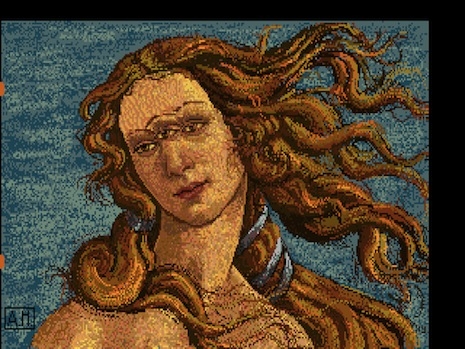
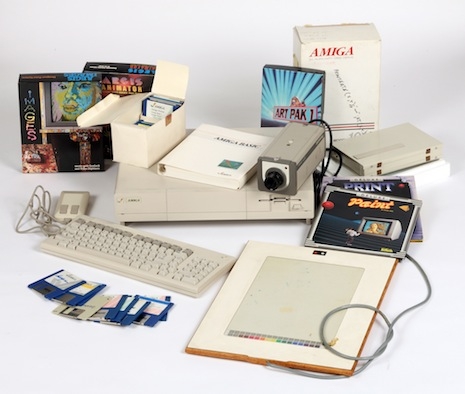
Here’s a video of Warhol and Debbie Harry at that Amiga product launch in July 1985:
via Internet Magic






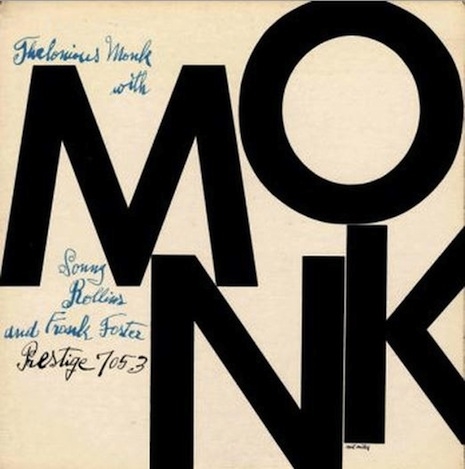
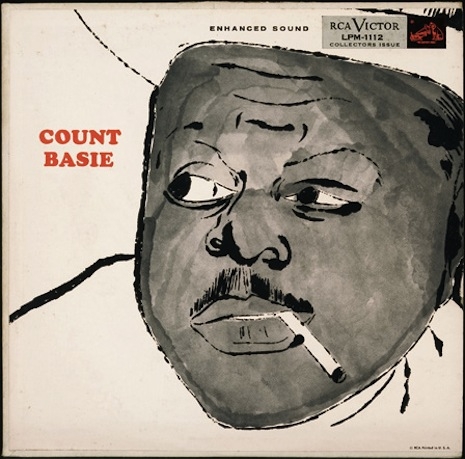
_465_468_int.jpg)
